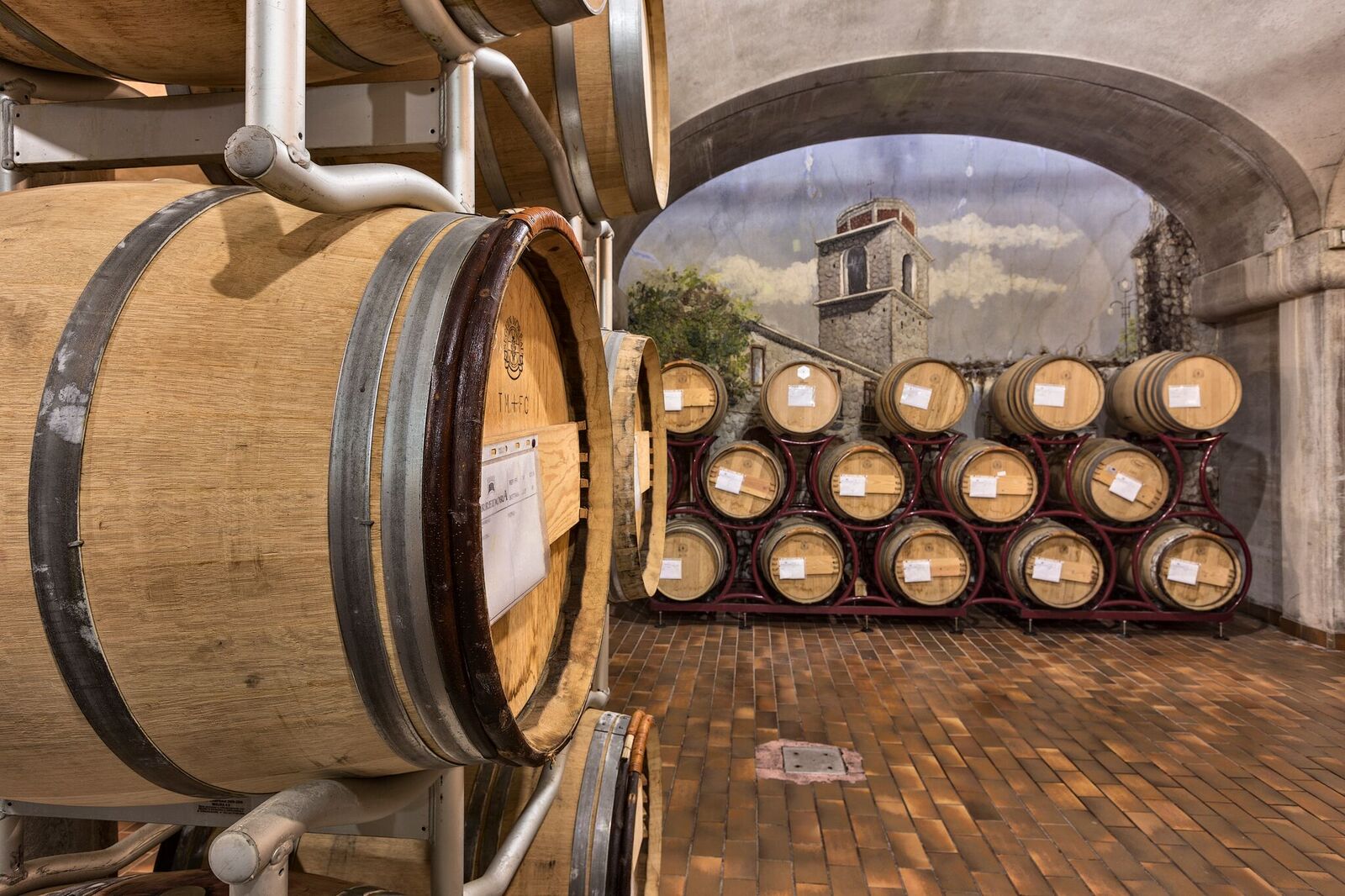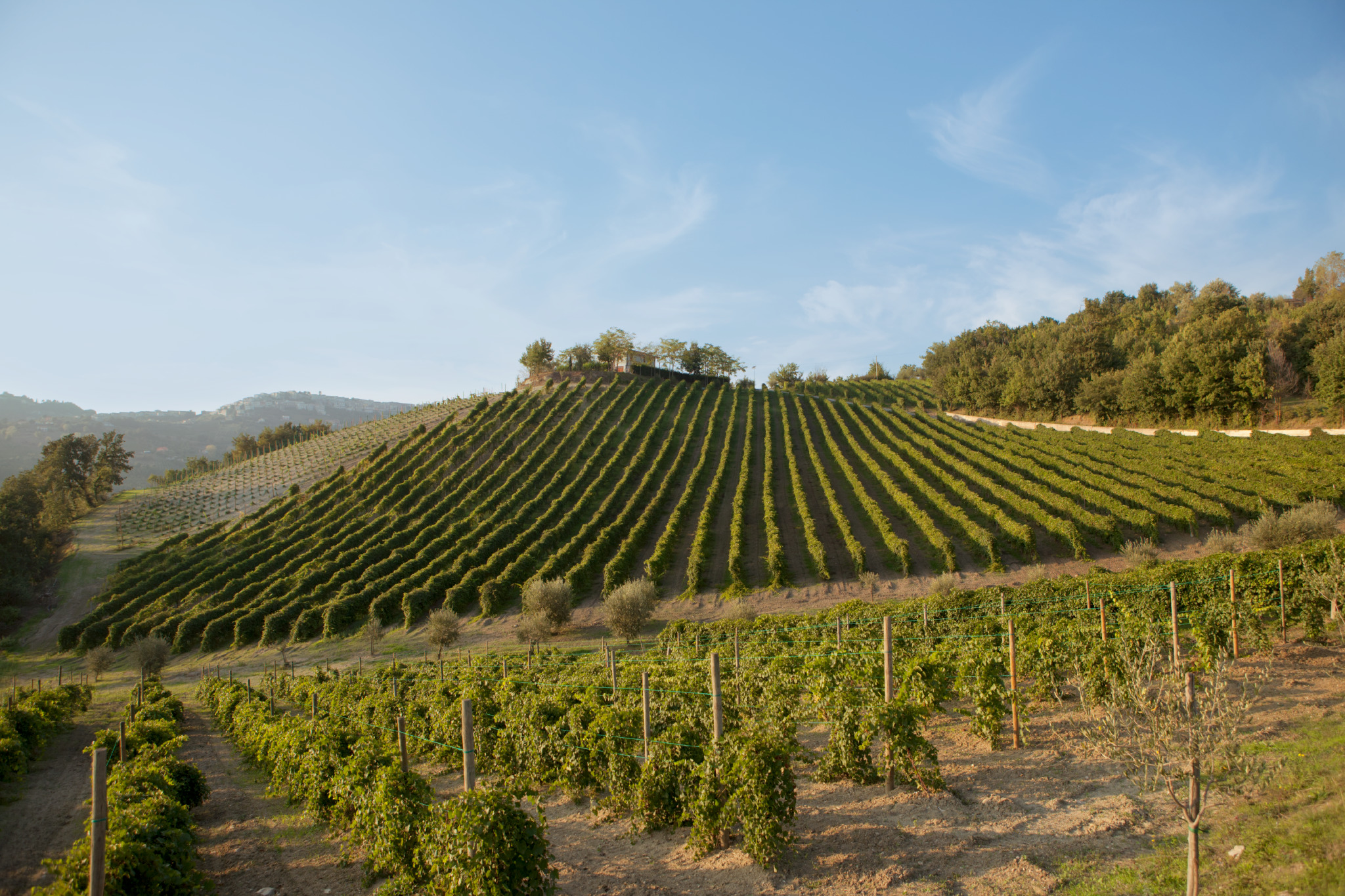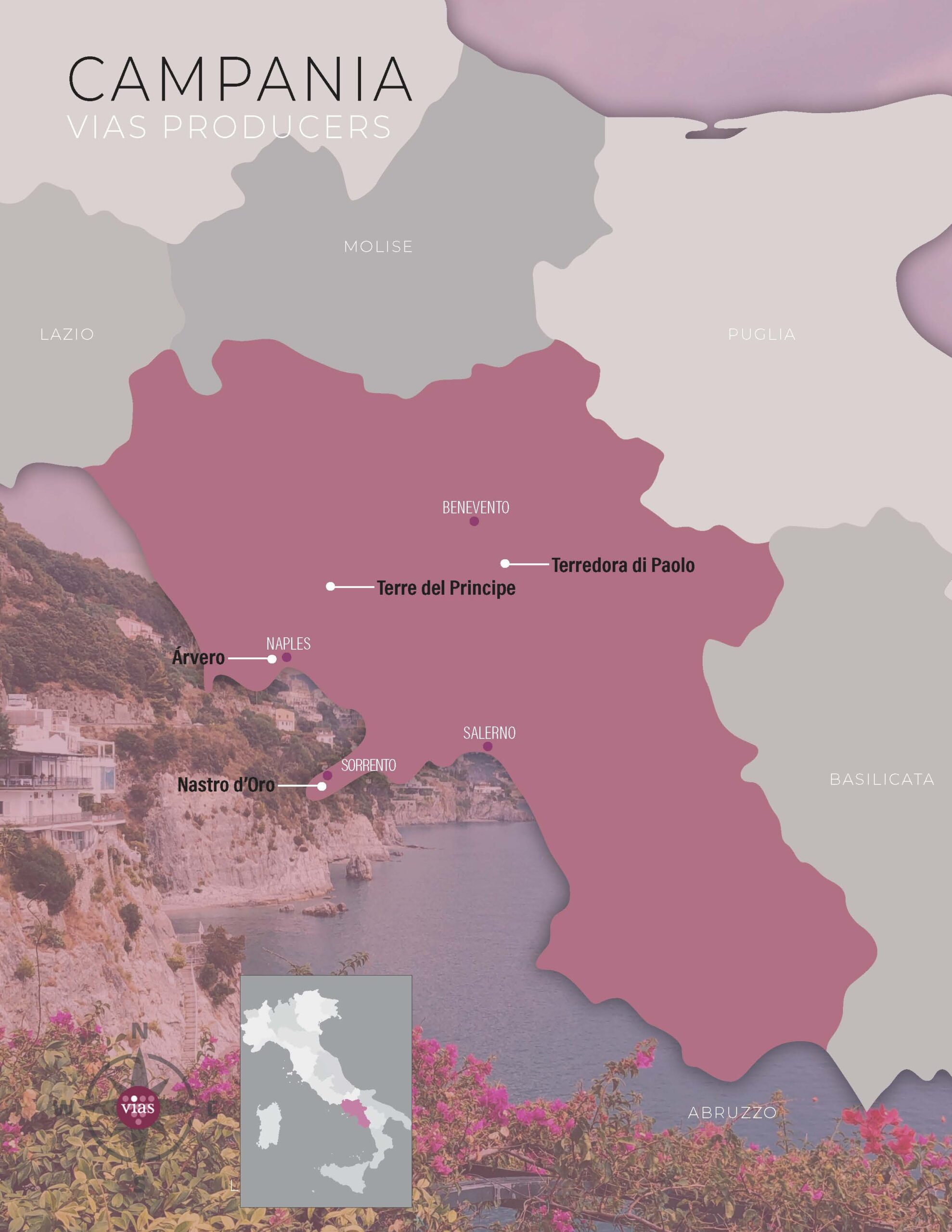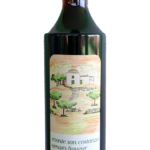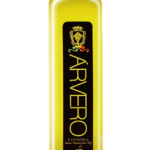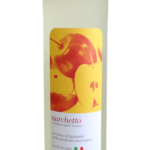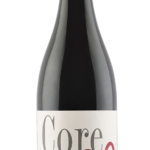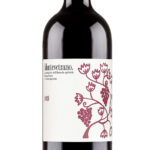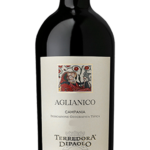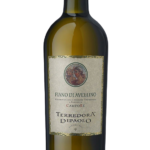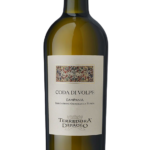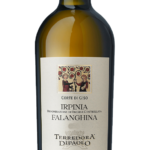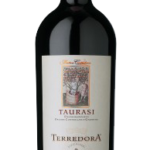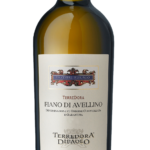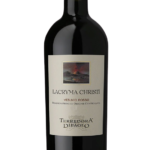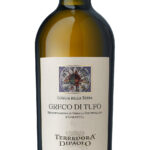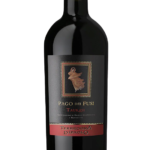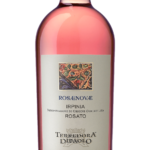The Romans knew the region as Campania felix, which translates into English as “fertile countryside” or “happy countryside.”
Campania
Campania, like many Italian regions, is home an impressive array of grape varieties, some of which are found almost nowhere else on earth. Its most important variety is arguably Aglianico, the grape behind the region’s two most famous and respected red wines: Taurasi and Aglianico del Taburno.
Grapes
Aglianico was introduced to the area by the Greeks and later cultivated by the Romans. Also vital for Campania are the white-wine varieties Fiano and Greco, which have fashioned the region’s most respected white wines, Fiano di Avellino and Greco di Tufo. Campania’s white wines vie with Alto Adige and Friuli Venezia Giulia for a top spot on Italy’s list of quality whites. Today, the region's reds have eclipsed the old southern Italian stereotype of unclean, overripe, and high alcohol wines.
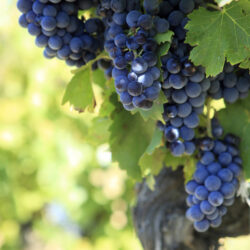 Piedirosso
Piedirosso
Piedorosso means “red foot,” which references the red color of the dove’s feet. Piedirosso is the most ancient and also most widely planted grape in Campania. Typical flavors in these wines include plum, cherry, and brambly wild berry fruit. More complex characteristics, such as espresso, mushroom, and earthy notes, are expressed in high-quality versions.
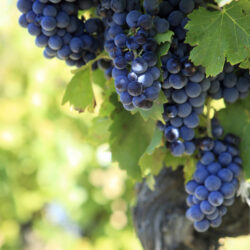 Lacrima
Lacrima
Lacrima means teardrop in Italian because the berries tend to leak juice down the bunches, resembling tears. Lacrima wines are aromatic and richly flavored, showing an intense floral and spice character on the nose with a fresh, berry-dominant palate.
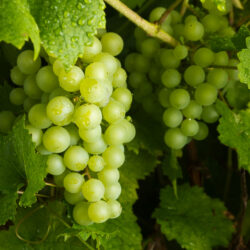 Greco
Greco
The Greco grape is very recognizable due to its extremely opulent appearance and bright yellow berries. The wine’s typical aromas and flavors include yellow flowers, honey, peach, pear and ripe tropical fruit; enjoyable when young.
 Fiano
Fiano
Fiano is a white grape variety that is grown primarily in the Campania region of southern Italy. It has a long history in the region and is thought to have existed in the area as far back as ancient Roman times. Fiano has small, thick-skinned berries that famously produce very little juice, though with strong flavors and intense aromatics. Young Fiano often has intense honey and floral notes that develop into more spicy and nutty notes over time.
 Falanghina
Falanghina
Falanghina is Campania’s signature white grape, and was introduced to Italy by settlers from ancient Greece. The name likely derives from the Latin “falangae,” meaning phalanx, or the method used to support vines in the vineyard that resembles the military formation of ancient Roman troops (also reminiscient of the word phalanges, or finger bones). The wines tend to be high in acidity with floral, herbal, and tropical fruit notes on the palate.
 Coda di Volpe
Coda di Volpe
Coda di Volpe is a white grape whose name translates to “fox tail,” because of its long, dangling bunches of grapes that resemble a fox’s tail. Typically grown in Campania near Naples, Coda di Volpe grapes are golden yellow in color and low in acidity, which is why they grow particularly well in the volcanic soil of the area. The soil imparts acidity into finished wines, which have fruity, citrusy aromatic profiles, with tropical, sweet, and spicy underlying notes.
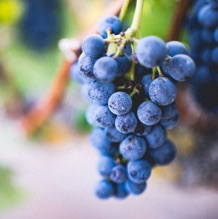 Aglianico
Aglianico
Aglianico is one of the world’s greatest red grapes that can create anything from fragrant, juicy, light-bodied wines, to deep, rich, and very age-worthy ones. There are many biotypes of Aglianico, but they all tend to have small pyramidal bunches with small, thick-skinned berries. The wines are typically firm and savory with a mineral quality and plenty of underlying fruit to go along with their big structure and depth of flavor. Usually from Campania or Basilicata, Aglianico has been nicknamed the “Barolo of the South.”
Wines
The presence of several outstanding, world-class local grape varieties that grow practically nowhere else and a better understanding of the region’s many unique, often volcanic, terroirs have (eliminate the word also) played important roles in the transformation of Campanian wine. Fiano, Greco, and Aglianico are the most important indigenous grapes, followed by Falanghina and Coda di Volpe. Named Campania Felix (happy countryside) by the Romans, this region has a tradition of food and wine that blends like a harmonious marriage.

